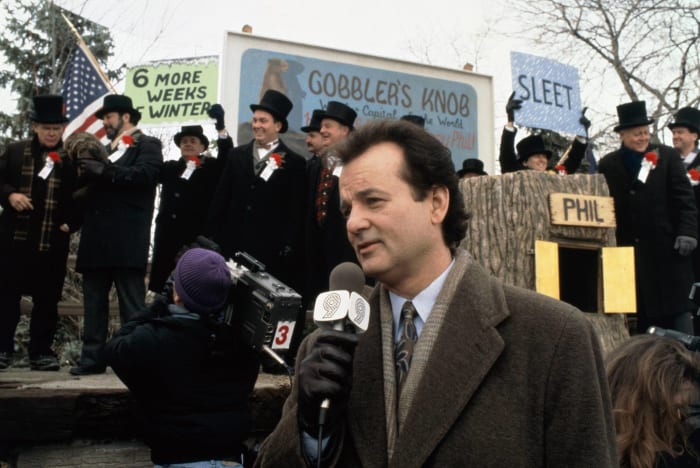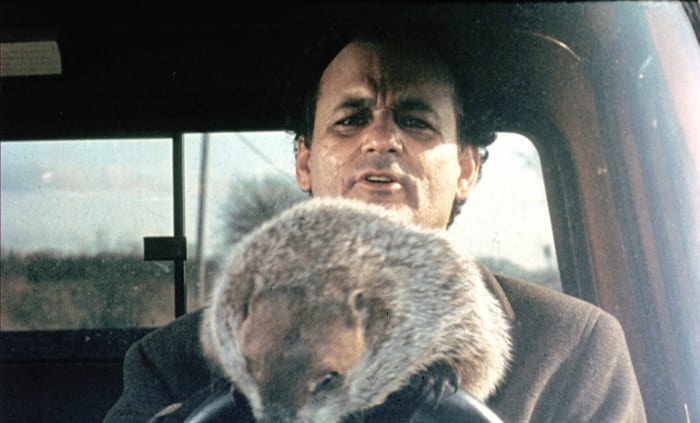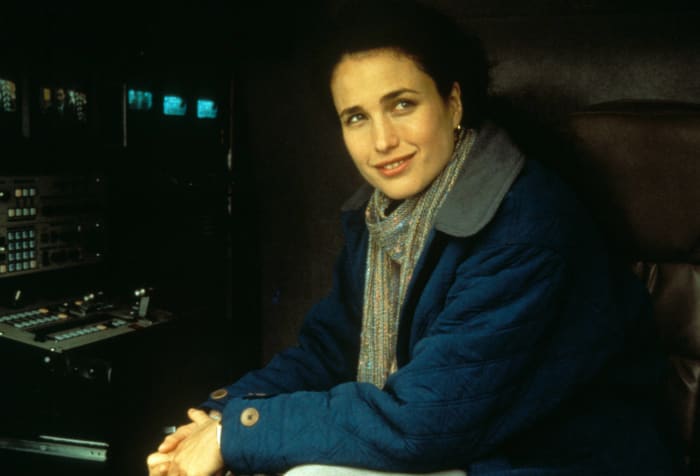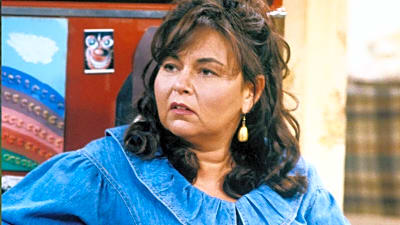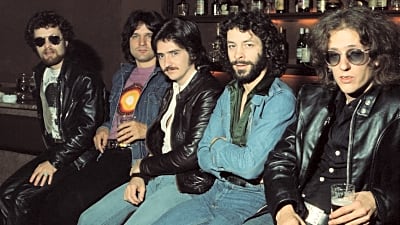x

Columbia Pictures
20 facts you might not know about 'Groundhog Day'
Not every holiday needs a movie, but we’re happy Groundhog Day exists. The film isn’t so much about the weather-predicting holiday but a jumping-off point for a science-fiction comedy that has made a deep cultural impact. We’ve got 20 facts about Groundhog Day you might not know, babe.
More must-reads:
- 20 fictional couples who are also couples in real life
- 20 performances by A-list actors that ruined an entire film
- 20 actors who blew their chances to be A-list movie stars
- 20 times actors cleverly referenced one of their more famous roles in another film
- 20 actors who looked exactly like the real-life people they portrayed
Customize Your Newsletter
 +
+
Get the latest news and rumors, customized to your favorite sports and teams. Emailed daily. Always free!
